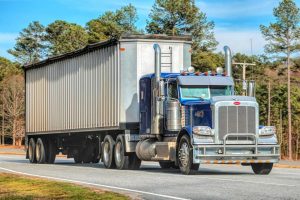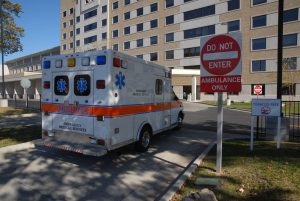Motorists in 2022 are facing a perfect storm of factors that make collisions with semis and large commercial trucks more likely than ever before. This is a particularly critical safety issue because of the extreme risks faced by occupants of passenger vehicles, many of whom are seriously injured or killed when a collision occurs with a tractor-trailer or other large commercial truck. Bicyclists and pedestrians are even more imperiled, as their size disadvantage and lack of a safety cage leave them especially vulnerable during impact.
Despite the well-known risks, trucking collisions are occurring at record levels. Several elements are to blame:
- The supply-chain constraints caused by the coronavirus pandemic have put record numbers of overworked truckers on the road.
- A nationwide shortage of 100,000 truckers continues to grow as industry consolidation reduces pay and degrades working conditions.
- Emergency orders meant to ease supply chains have permitted younger, less experienced truckers to cross state lines.
- Large trucking companies are attempting to address the shortage by offering their own training programs and forcing new truckers to work off the debt.
- Regulators in the United States have failed to keep pace with some life-saving safety mandates already enforced throughout much of the developed world, including the use of improved underride guards, side underride guards, speed limiters, date recorders, and electronic log books.
- The internet economy continues to push an increasing number of large delivery vehicles into local neighborhoods, where streets are not designed for such traffic and bicyclists and pedestrians face additional risks.
 Florida Injury Lawyer Blog
Florida Injury Lawyer Blog


























